SPORTS SPECIFIC FITNESS TRAINING
A High-Performance Approach
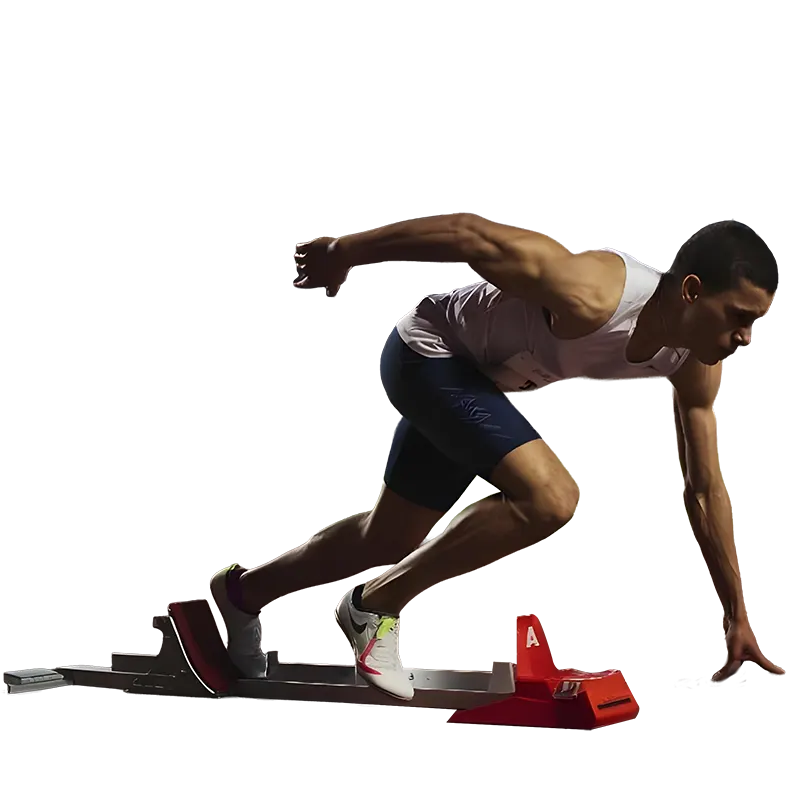
PURPOSE
every element of training is built to serve your sport, your position, and your goals.
This program delivers customized fitness training designed specifically for athletes, helping them maximize performance while minimizing injury risk. It aligns with the unique physical, biomechanical, and energy demands of your sport—as well as your competition calendar and recovery needs.
From fine-tuning sprint mechanics for a footballer, enhancing rotational strength for a cricketer, to managing endurance and fatigue for a long-distance runner.
High-Performance Coaching for Professional Athletes
Performance Profiling
Assessment of physical metrics (Strength, Speed, Power, Mobility) Sport skills, and psychological readiness.
Customized Program Design
Based on the demands of the sport – e.g., an MMA fighter needs explosive strength and anaerobic endurance; a tennis player needs lateral quickness and shoulder stability.
Data-Driven Progressions
Use of GPS trackers heart rate monitors, force plates, and video analysis to quantify progress and adapt protocols.
Recovery Integration
Periodized recovery strategies including refueling, sleep optimization, soft tissue work, cold/heat therapy (Contrast Bath Therapy), and mindfulness.
Mental Conditioning
Focus, resilience, and mindset training are integral to maintaining performance under pressure.
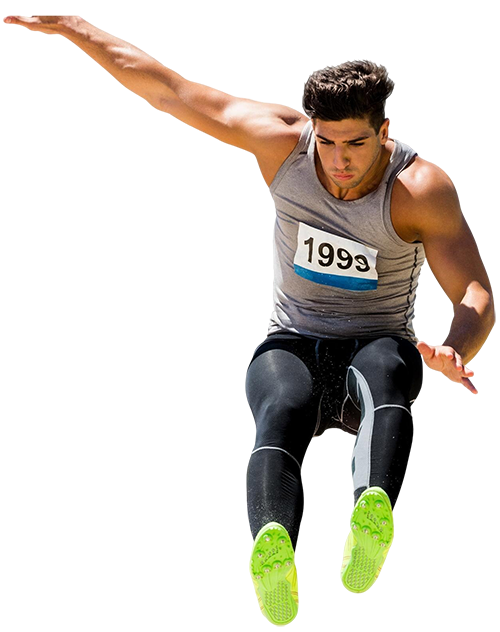
Return-to-Play (RTP) Protocol
- Injury Comeback Plan: A step-by-step process to help athletes return safely and effectively after an injury.
- Phased Approach: Moves through healing, rebuilding movement, sport-specific drills, and back to training/competition.
The RTP Pyramid
Stage 1: Medical Clearance & Acute Rehab
• Focus Pain Reduction, Inflammation control, restoring basic functional movement.
• Involves Physiotherapy, Isometric strength, Joint mobility work.
Stage 2: Functional Rehab
• Focus correct movement patterns, rebuild strength and proprioception.
• Includes Unilateral loading, neuromuscular control drills, basic plyometrics.
Stage 3: Sports-Specific Reconditioning
• Focus Replicate the demands of the sport in a controlled environment.
• Position-specific drills, agility under fatigue, reactive training.
Stage 4: Return to Training (RTT)
• Athletes rejoin practice but with load monitoring.
• GPS, Heart Rate, And RPE tracking guide progressions.
Stage 5: Return to Competition (RTC)
• Full Clearance for competition with ongoing performance monitoring.
• Post-return assessment after first few matches/events to evaluate re-injury risk.
Key Considerations
- RTP decisions must be collaborative; Coaches, Sports Scientists, Physiotherapists, and the athletes must all agree.
- Athletes should achieve 90-95% symmetry (strength, mobility,) between limbs before full return.
- Use progressive loading to bridge the gap between rehab and real-world competition demands.
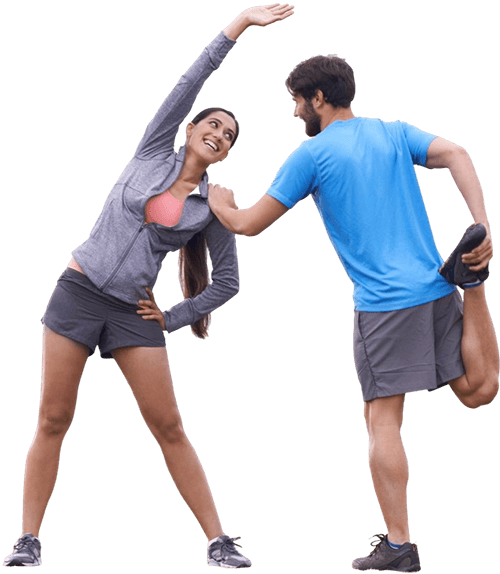
Seasonal Strength & Conditioning
Athletes don’t train the same way year-round. A properly periodized strength and conditioning plan considers the competitive calendar and ensures that athletes peak at the right time.
Phases of Seasonal Strength & Conditioning Training
Off-season (General Preparatory Phase) GPP:
Goal: Build the base – work on anatomical adaptation, correct imbalances, increase general strength, improve movement quality.
- Hypertrophy and General Strength focus
- High-Volume, Low-intensity aerobic work
- Movement efficiency drills
- Mobility and tissue quality work
Pre-Season: Basic Strength and Power:
Goal: Transition to sport-specific power, speed, and conditioning.
- High-intensity power development (Olympic lifts, plyometrics)
- Sprint Mechanics, Change of direction (COD)
- Energy system training matching sport demands (e.g., HIIT, MAS drills)
- Simulated match conditions
In-Season (Competitive Phase):
Goal: Maintain Performance qualities while reducing fatigue and injury risk.
- Lower Volume, higher intensity
- Strength maintenance (1-2 Session/week)
- Speed and agility refreshers
- Recovery modalities (contrast baths, active recovery sessions)
Post-Season (Transition Phase):
Goal: Physical and Mental recovery, Address any injuries.
- Light Movement, mobility, and recovery work
- Exit performance assessments
- Planning for the next off-season
Why Sport-Specific Training Matters
A cookie-cutter approach is the fastest route to plateau or injury. In contrast, a sport-specific periodic, and athlete -centered system:
- Enhances performance
- Reduce injury risk
- Ensures peak condition when it needed most
- Align physical readiness with tactical and technical goals
Whether it’s an Olympic hopeful preparing for podium or a pro team chasing a championship, sport-specific fitness training is the high-performance foundation that drives sustainable success.
In today’s competitive environment, training must go beyond getting fit – It must bridge the gap between fitness and performance. With high-performance coaching, structured RTP pathways, and well-planned seasonal training, athletes can truly unlock their potential and extend their careers.
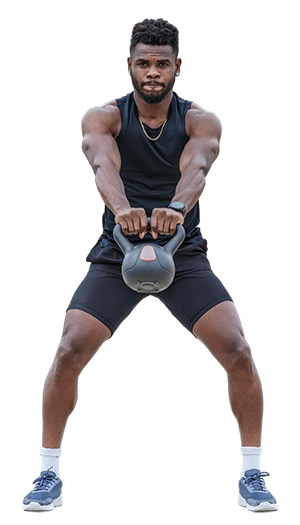
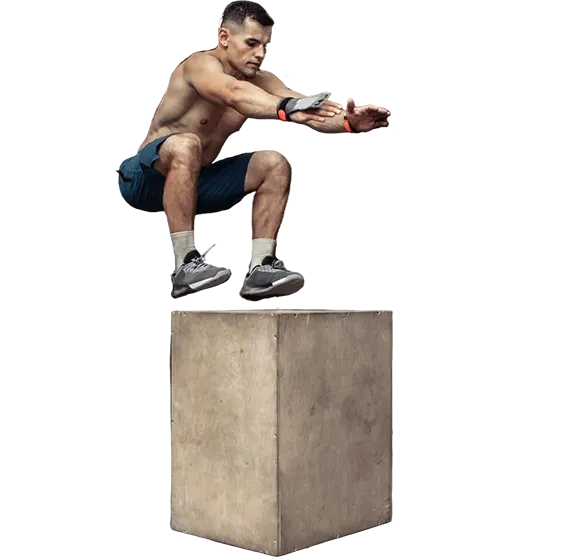
Ready to Perform at Your Peak?
Let’s build your edge. Let’s train smarter.
